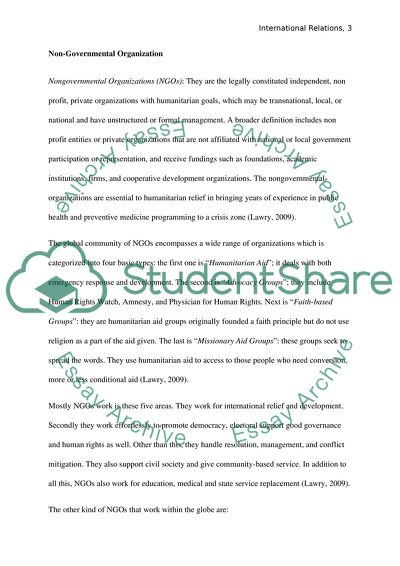Cite this document
(International Relations: Structures of International Governance Term Paper, n.d.)
International Relations: Structures of International Governance Term Paper. Retrieved from https://studentshare.org/politics/1746658-international-relations-structures-of-international-governance
International Relations: Structures of International Governance Term Paper. Retrieved from https://studentshare.org/politics/1746658-international-relations-structures-of-international-governance
(International Relations: Structures of International Governance Term Paper)
International Relations: Structures of International Governance Term Paper. https://studentshare.org/politics/1746658-international-relations-structures-of-international-governance.
International Relations: Structures of International Governance Term Paper. https://studentshare.org/politics/1746658-international-relations-structures-of-international-governance.
“International Relations: Structures of International Governance Term Paper”. https://studentshare.org/politics/1746658-international-relations-structures-of-international-governance.


